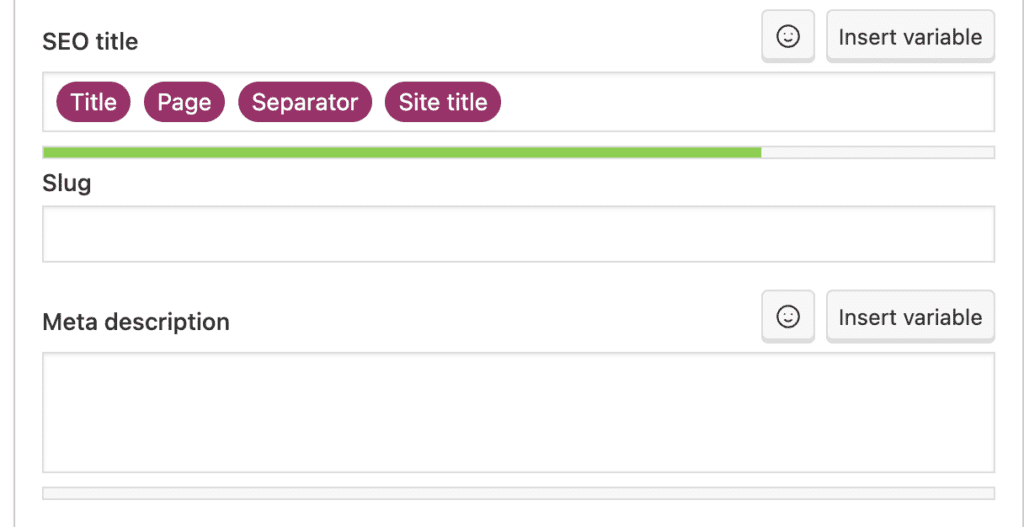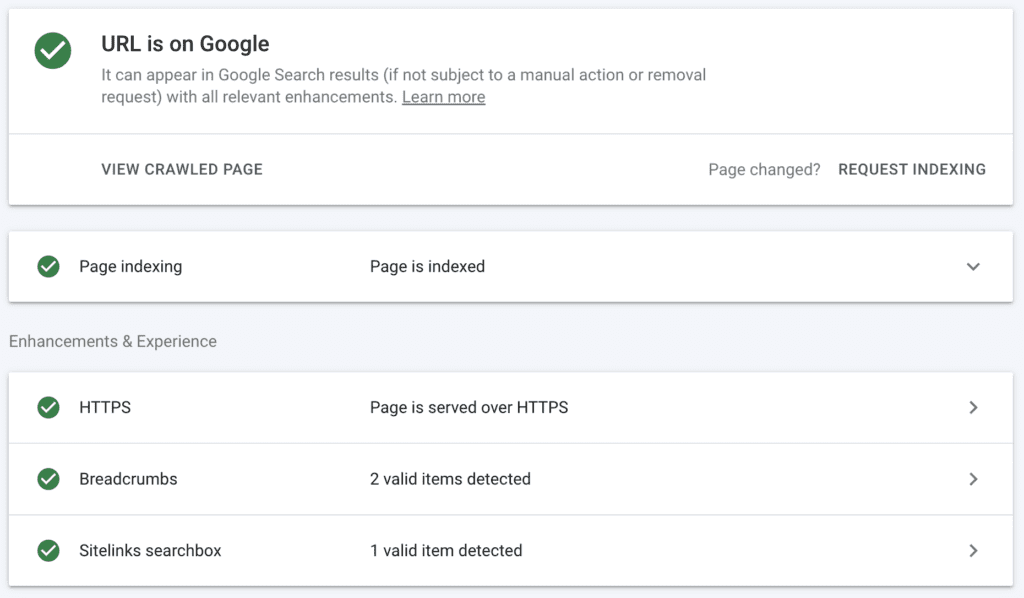
What is a meta title?
A meta title for a website, also known as a title tag, is a concise and strategically crafted HTML element that serves as the official title of a particular web page. Displayed prominently on search engine results pages (SERPs), the meta title is the clickable headline users see when scanning for relevant content. Its primary function is to succinctly convey the essence of the page’s content. A well-optimized meta title not only informs users about the subject matter but also entices them to click through to the website by promising valuable and relevant information. Crafting an effective meta title is a vital aspect of search engine optimization (SEO) as it directly influences a webpage’s ranking and click-through rates, ultimately impacting the overall online visibility and success of a website.
What is a meta description?
A meta description for a website is an informative HTML element that provides a brief summary of the content found on a specific web page. Typically displayed beneath the meta title on search engine results pages (SERPs), the meta description serves as a snippet that aims to capture the attention of users and provide a compelling overview of what the page offers. A well-crafted meta description is important for attracting clicks by conveying the relevance and value of the content within the webpage.
Why are meta titles and meta descriptions important?
Meta titles and meta descriptions are not shown on your web page. Someone looking at a page on your website will never see them. The place they are seen is in the search engine results. So say you go to Google and type in ‘web design services‘ and get a list of results. The title and snippet you see there are the meta title and meta description.

Here’s an example of what it looks like in the Google SERPs.
Why is this important? Because the user who performs the search has choices on what they click on. And yours needs to be enticing. Why should they click on your page instead of one of the other choices they have? What makes yours the best? Don’t assume that you have to be #1 to get all the clicks. That’s not true. Being higher up does get your more clicks, but not being #1 doesn’t mean you won’t get clicks.
So you want to craft a meta title and meta description that both adequately describes what you your page is about and entices the person viewing it to click yours instead of someone else’s.
If you don’t decide what goes into your meta title and meta description, then Google will decide for you. Usually grabbing the title of your page and the first 155 characters of your content. Sometimes that’s okay, but usually you want to strategically decide what goes there.
NOTE: Just an FYI, even if you strategically decide what to put in your meta title and meta description, Google can still override your choice. The example screenshot of our meta title and description above? That’s not what I wrote for the meta description. If I use a different keyword and see Sumy Designs in the results, sometimes I see the description I wrote, and sometimes I don’t. It happens. We can only try to influence Google, but we can’t dictate everything.
Rules for writing meta titles and meta descriptions
Rule 1: Meta titles can only be 50-60 characters long, or else it gets truncated. Meta descriptions can only be 155-160 characters long. So you have a finite amount of characters to use to get your point across.
Rule 2: If you have designated a keyword or keyword phrase for that page, you need to use it in both the title and the description, preferably at the start.
Rule 3: Your title and description should adequately describe what’s on the page, so people know what they are getting.
Rule 4: Your title and description should be enticing and make people want to click on it. It should make your listing stand out in the crowd.
If you follow those four rules when writing your meta titles and meta descriptions, you’ll definitely have a better, more attractive listing for your users to find when you show up in the search engine results.
How do I designate a meta title and meta description in WordPress?
On any site I create, I install and activate the free Yoast SEO plugin. I think this is one of the best plugins for helping users optimize their websites for the search engines. It provides a user-friendly interface for writing meta titles and meta descriptions. Here’s how you can use Yoast to set these elements:
- Install and Activate Yoast SEO:
- In your WordPress dashboard, go to “Plugins” and then “Add New.”
- Search for “Yoast SEO,” install the plugin, and activate it.
- Edit a Post or Page:
- Open the post or page you want to edit in the WordPress editor.
- Locate the Yoast SEO Section:
- Scroll down to the Yoast SEO section, which is usually located below the content editor.
- Access the Snippet Editor:
- Within the Yoast SEO section, you’ll find a “Snippet Editor” box where you can edit your meta data.
- Enter the Meta Title:
- In the Snippet Editor, you’ll see a field labeled “SEO Title.” Enter your desired meta title in this field. Yoast will provide a real-time preview of how your title might appear in search results.
- Enter the Meta Description:
- Directly below the SEO Title field, you’ll find a “Meta description” field. Enter a concise and informative meta description here. Again, Yoast will show you a preview of how it may appear in search results.
- Check for Length and Optimization:
- Yoast provides feedback on the length of your title and description, helping you stay within optimal character limits. It also offers suggestions to improve your SEO.
Here’s what the snippet editor looks like.

The default for your title will be the title of the page and site title, but you can delete those variables and write your own, which is what I do. Write your own metas, and then when you are finished editing your post and page, you can hit publish or update.
When will my new meta title and meta description show up in the search engine results?
Unfortunately, the meta title and meta description won’t show up immediately in the search engine results if you are changing those for a page that is already indexed. It can take a bit to recrawl that page, and until Google recrawls your page, that won’t change.
If you want to get your page recrawled sooner, you can use the URL Inspection tool in Google Search Console. You need to be an owner or full user of the Search Console property to be able to request indexing in the URL Inspection tool.
Login to Google Search Console for your website and go to URL Inspection and paste in the full URL you want to have recrawled and hit enter. Once you do, you’ll see the current status of that page. Here’s an example of what you might see if your page or post has already been indexed.

If you want to have your page recrawled, click on the Request Indexing next to where it says Page changed? Click that button and you can request to have your page or post recrawled. This will be the fastest way to get your search engine results updated.
Amy Masson
Amy is the co-owner, developer, and website strategist for Sumy Designs. She's been making websites with WordPress since 2006 and is passionate about making sure websites are as functional as they are beautiful.
